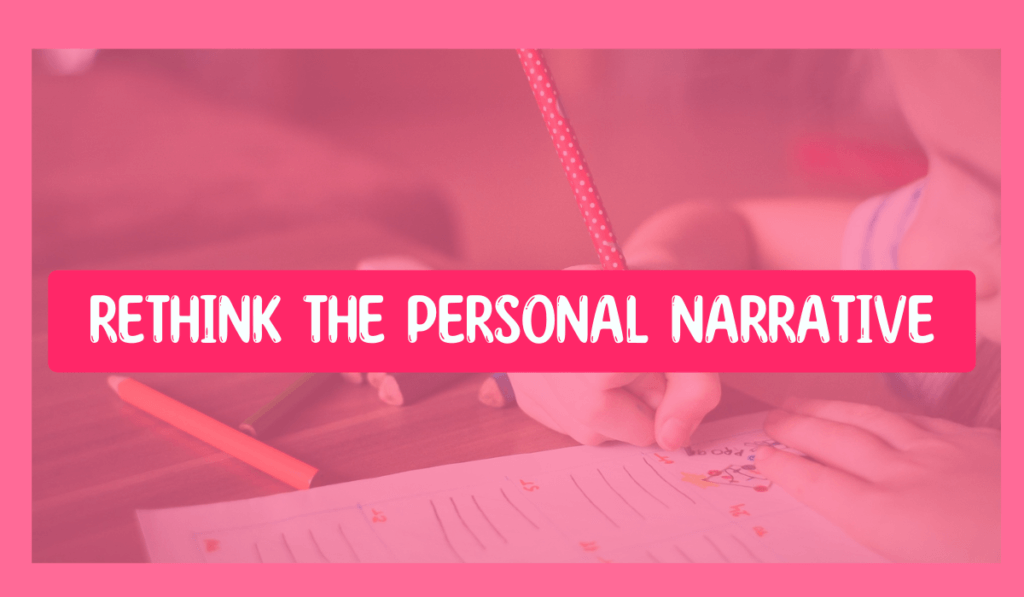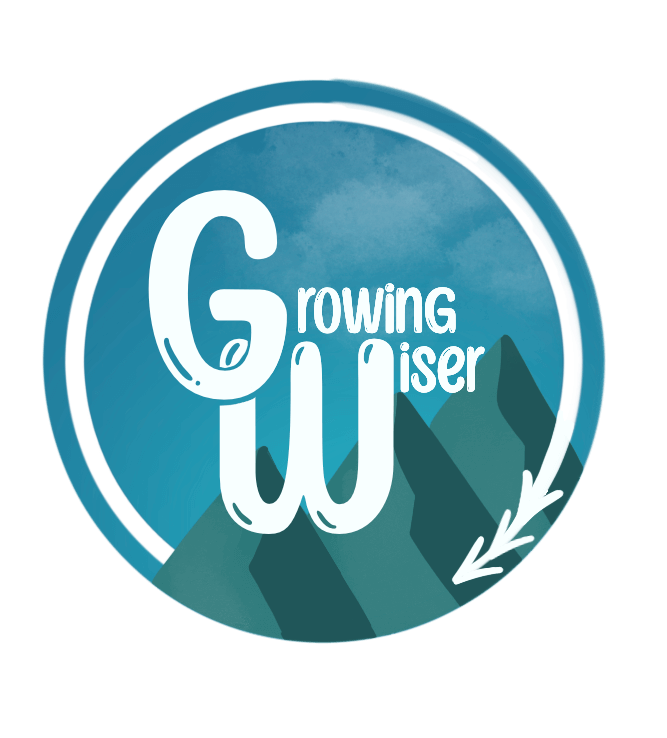
Rethinking the Personal Narrative
Forget the Pain - Make it a Game!
Back to school time, for upper elementary and middle school ELA teachers, often means one thing: the personal narrative. I don’t know about you, but it’s an activity I absolutely dread. The entire activity feels like pulling teeth. Lucy Calkins, in her writing about it, always depicts deep conversations with students where she draws out deeper and deeper memories until, somehow, a 12 year old has willingly laid himself bare before this unfamiliar teacher. It paints a beautiful picture: using the beginning of the year to get a baseline of student writing, convincing students they have a story worth sharing, reviewing basic plot structure, and getting to know the students. Sadly, I could never get it to work like that for me.
Instead, I was often met with the same old stories. Trope number one: sports. Not incorrectly, students identify a game they played as having some sort of conflict and resolution. What I end up reading is a play-by-play of the game a la Sports Center. I push for sensory details, internal moments, and more, until, at last, there is a semblance of a narrative. The other one I get a lot: roller coasters. In some well-intentioned mimicking of the ‘story roller coaster,’ I have read so many roller coaster narratives. Again, I find myself pushing for students to find the details in their own experiences, convincing them that, while it’s based on a real event, they can make up some things here and there. The process is…exhausting. I am sure students learn and improve from it, but I’m not sure anyone enjoys the whole experience. I always start the year in an absolute panic over students’ narrative writing abilities. Until, that is, they get a chance to write a work of fiction. Suddenly left to their own devices, their pacing is better, their word choice is more interesting, dialogue flows, and the sensory details bloom. I’m often left wondering why I fought so hard with the personal narrative if their narrative writing abilities were so solid when allowed more room for creativity.
Make the Personal Narrative Fun & Equitable!
This year, in anticipation of avoiding the usual teeth-pulling routine of the personal narrative, I’ve rethought the whole process. My question was: how can I bridge the gap between writing from personal experiences while letting students feel free to get creative? It dawned on me: roll-a-story! The plan is simple: students list out very real experiences they had this summer. Then, they roll dice to see which real events they’ll mash together to make up a fake story!
When I browsed around, I found lots of roll-a-story options for lower grades, but not as many for upper elementary and middle school. To me, it feels like a great opportunity to let students generate their own ideas, then tweak them as needed in an approach reminiscent of the MASH game of old. As an added bonus, it eliminates some of the concerns over different socioeconomic statuses and experiences. I know I try to avoid putting students in situations where they feel bad about not doing anything ‘interesting enough’ over the summer. This encourages them to generate multiple ideas and put them together into a not-quite-true story – without the pressure to make your Hawaii-less summer vacation sound as cool as your neighbor’s trip.
Interested in what this looks like? You can check it out at my store here! It comes with sensory detail brainstorming sheets, differentiated plot pyramid outlines, and even two different rubrics to choose from. I know I’m excited for back to school with this new writing activity! If it goes well, I’m hoping to add more seasonal, grade appropriate roll-a-story activities this year!
Have you used roll-a-story activities with older students before? Do you have strong feelings about the personal narrative unit? Let me know below!
